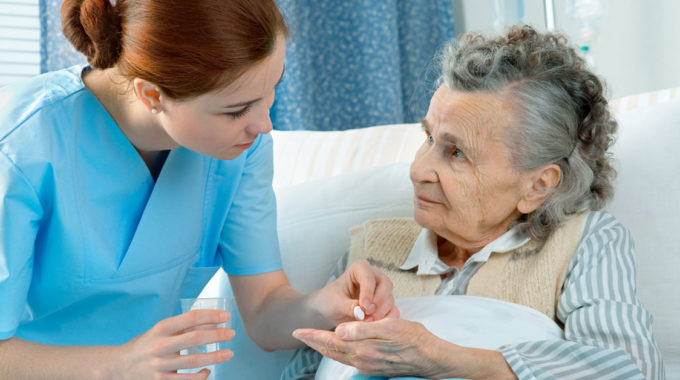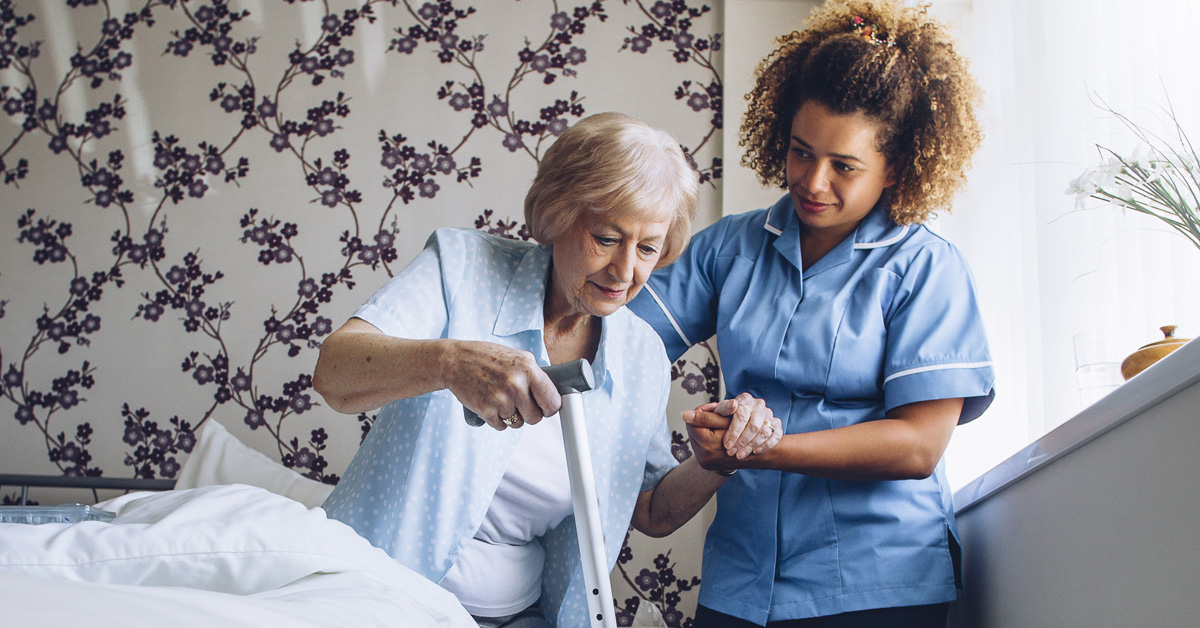
CADD Pumps: Variable Availability in Hospice Programs
With cancer, and many other terminal diseases, patients tend to fail conservative pain management near the end of their lives.1 This refractory pain period commonly applies to the last three months of life. Hospice has been shown to manage pain better than other care settings, but some have raised concerns over the in-home availability of CADD pumps. CADD pumps (computerized ambulatory drug delivery) can effectively control pain for hospice patients in most cases, but reports suggest that different hospice providers use them with varying frequency, and a substantial number of hospice providers never actually provide CADD pumps.2,3 Some have blamed this on reimbursement levels. Medicare pays hospice providers all-inclusive fees based on patient conditions. The hospice agency that provides CADD pumps with more regularity than its competitors sees thinner profit margins, in theory.
Understanding CADD Pumps
CADD (Computerized Ambulatory Drug Delivery) pumps are medical devices that allow for the controlled administration of medications to patients. They are designed to provide a continuous infusion of drugs, such as pain management medication, over a set period, offering better symptom control and improved patient comfort. The convenience and precision of CADD pumps make them a vital component in some care settings. Their attributes include:
- Tailored Treatment: CADD pumps allow for individualized treatment plans, tailoring medication delivery to each patient’s unique needs, as does subcutaneous infusion.
- Consistency: Continuous infusion therapy through CADD pumps ensures a steady level of medication in the patient’s system, minimizing pain fluctuations.
- Minimized Discomfort: Patients can receive medication without the need for frequent injections or medication doses, reducing discomfort and stress.
- Enhanced Quality of Life: Effective pain and symptom management made possible by CADD pumps may result in a better quality of life for hospice patients, allowing them to focus on what truly matters in their final days.
The Importance of CADD Pumps in Hospice Care
Hospice care is fundamentally about providing comfort and support to individuals facing life-limiting illnesses. Pain management and symptom control are central elements of hospice care. However, it is worth noting that while some may advocate for the role of CADD pumps, others have demonstrated that a simple gravity infusion with a responsible caregiver and a nurse on call 24/7 can provide effective medication delivery.4
Researchers conducted a cross-over study of patients in need of continuous, subcutaneous medication administration, in home-based palliative care. At alternating times, patients received medication through either a computerized pump or a simple, gravity fed line from a solution bag hanging on a pole. Incidents in fluid administration were more common with the gravity-driven infusion set. The computerized pump demonstrated more accurate drug delivery. On the other hand, symptom management was equal between the two delivery methods. No local edema or irritation was noted either way. The researchers conclude that, in the home palliative care setting with medical staff on call 24/7, when there is a responsible caregiver at the home, a gravity-driven infusion set can be considered instead of a computerized pump.
Conclusion
CADD pumps prove cost-effective in some care settings but not others. While some have suggested that hospice should increase the use of CADD pumps, others have demonstrated in research that computerized pumps do not add to symptom control in the home setting. Individualized clinical decision making can determine the best medication delivery method for each home setting, and in the home, palliative care setting, drip lines prove a viable option for continuous, subcutaneous drug delivery.
References
- Wilkes D, Cook M, Solanki, M. Intrathecal catheter-syringe adaptor for short-term intrathecal analgesia with an externalized pump: a case report. Pain Physician. 2010; 13: 151-156.
- Fallon M. When morphine does not work. Supportive Care Cancer. 2008; 16: 771-5.
- Ferreira KA, Kimura M, Teixeira MJ. The WHO analgesic ladder for cancer pain control, twenty years of use. How much pain relief does one get from using it? Support Care Cancer. 2006; 14: 1086-93.
- Menahem S, Shvartzman P. Continuous subcutaneous delivery of medications for home care palliative patients—using an infusion set or a pump? Supportive care in cancer. 2010 Sep;18:1165-70.





